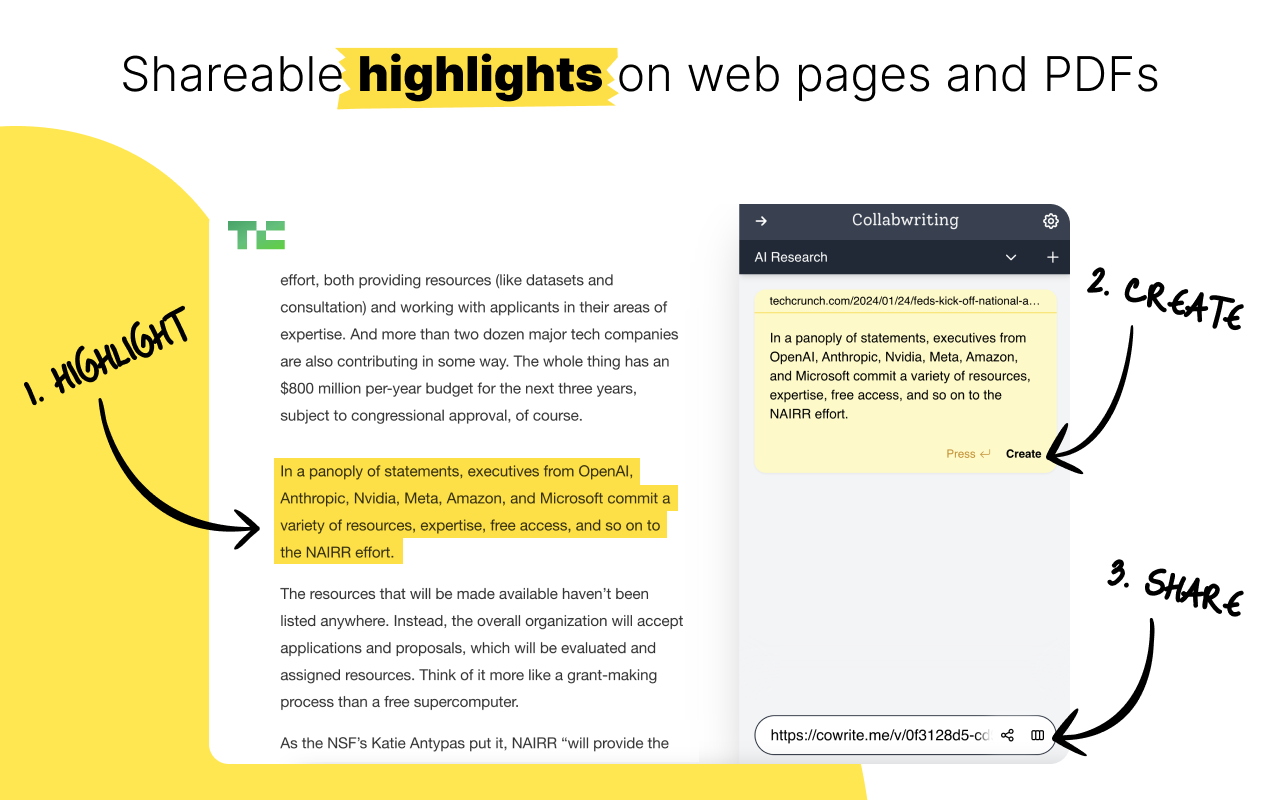Collaboration doesn't happen naturally in a workforce scattered across locations.
That's where virtual collaboration technology steps in. Even though the days of spontaneous office huddles and casual chats in common areas are gone in digital workplaces, virtual collaboration tools play a crucial role in allowing employees to work together seamlessly, no matter where they are.
The benefits of virtual collaboration
Here's why a workplace that's all about using tech smartly and working together is a big deal:
Cutting down on do-overs
While emails are great for summarizing and recording information, they're not the best for teamwork. Swapping attachments back and forth in emails can lead to mistakes and messy version control. Important insights from key team members can easily be misunderstood.
Virtual collaboration tools simplify project teamwork in real time, ensuring everyone is in sync. This streamlines the editing process, putting an end to repetitive revisions and the frustrating back-and-forth of email exchanges.
Boosting communication and team bonds
Collaboration based on emails or manual communication increases the chances of misunderstandings and frustration.
Using messaging apps for virtual collaboration allows questions to be answered quickly and solutions to be shared. Video conferencing tools recreate the personal touch of face-to-face interactions, fostering connection within the team.
Additionally, visual collaboration tools, such as virtual whiteboards, simplify the communication of ideas without the need for lengthy meetings or detailed email explanations.
Improves adaptability and creativity
Breaking free from the traditional office setup comes with numerous advantages. Switching work locations is known to fuel creativity and spark inspiration.
Workers who can pick where they work feel a whopping 88% more involved.
Remote work and virtual collaboration not only offer flexibility but also contribute to narrowing the gender gap and accommodating diverse backgrounds and roles.
These aren't just theoretical perks; having a mix of perspectives and experiences brings tangible benefits to business as well.
Streamlining task management
Virtual collaboration tools go beyond just communication - they also offer practical solutions.
Cloud-based file management tools guarantee that every team member can reach the necessary files, no matter where they are. This ensures everyone can perform their tasks effectively, anytime, anywhere.
Additionally, schedule management tools remove the hassle of coordinating meetings across different time zones.
Efficient operation management
No more struggling to reschedule that biweekly creative review due to key stakeholders being out of the office.
Now, the video session, along with links to important files, notes, and comments, can be captured and shared effortlessly through various tools. This ensures easy access and reference for the team in the future.

Collabwriting - Shareable Notes on Web Pages and PDFs
Collabwriting allows you to gather all your online sources in one place. Just highlight, save, and collaborate with anyone on any content you find online.
The risks of poor virtual collaboration
Ineffective virtual collaboration poses significant risks, including potential productivity losses, communication breakdowns, and compromised project outcomes. Now, let's outline five key risks associated with poor virtual collaboration.
Wasting time
Wasting time may not seem like a big deal, but it costs a lot of money. Employees are valuable, and every minute spent on inefficient collaboration tools affects the company's earnings.
For instance, searching for a document's latest version across teams can accumulate significant time. Collabwriting real time addresses this by integrating a powerful search feature into the collaboration interface.
A lack of project management
Effective project management is crucial, and collaboration tools play a key role.
A good tool ensures smooth project management, while a poor one can lead to difficulties in task assignments, follow-ups, and findings sharing.
Ineffective implementation of the strategy
The overall success of a business strategy relies on effective projects and collaborative work. Without proper tools, teams struggle to execute strategies, impacting results at the end of the period.
Making the team feel unhappy and less connected
Morale and team cohesion suffer when the collaboration interface is challenging or counterproductive. Employees spend significant time using these tools, and a negative experience can cause stress and hinder personal career goals.
Safety threats
Collaboration often involves sharing sensitive information, making security crucial. Hackers may exploit vulnerabilities in collaborative systems to access confidential data.

To sum it up
When navigating the challenges of remote work and dispersed teams, virtual collaboration tools are significant. From streamlining operations and reducing unnecessary meetings to fostering creativity and inclusivity, these tools are the linchpin of modern workplaces.
Embracing this digital shift isn't just a necessity; it's an exciting leap into a future where collaboration knows no bounds.





![Best Research Collaboration Tools in 2025: Zotero, Paperpile & Collabwriting [Compared]](/content/images/2025/07/image--7--1.png)








